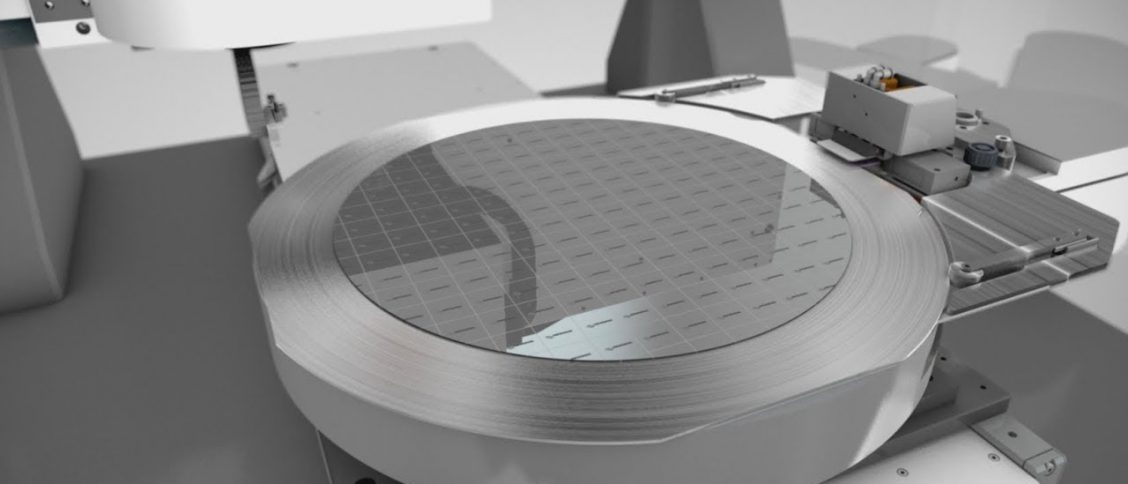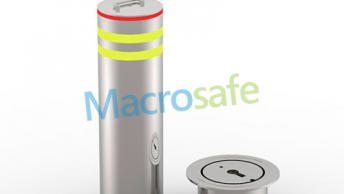Among the many types of wafer cutting machines available, the Waring Pro series of products is one of the most popular. It is highly versatile and can be used for a variety of tasks. Simply wafer cutting to heavy-duty paper cutting. The Waring Pro Vertical Wafer Grinding machine is engineered to grind high-quality materials. An exceptionally high degree of accuracy in both flatness and edge quality, quickly eliminating the need for expensive lapping. This equipment offers users higher performance than other machines of similar capabilities, including those produced by smaller, more traditional manufacturers. For this reason, this company is one of the most popular for purchasing small business equipment.
Because this wafer grinding machine uses a pressurized reservoir that holds a spinning wheel, it is known as a wet cutting machine. The reservoir provides the operating pressure and the atmosphere within the pressurized area, so that the wheel itself remains rigid during operation. This assures that the edges of cuttings will be perfectly straight, regardless of how they are formed during the grinding process.
Precision results
Although this machine produces higher precision results than other commonly used grinders, it is typically used in very shallow depth applications where accuracy is not particularly important. Typically, the machine is used to produce thin silicon wafers for thermal dyes, which must be laminated to the wafer prior to application. Because these are low-density, smooth-edged, thin materials, they require a smooth cutting wheel with low torque specification. This enables the machine to easily grind to the required specifications and also provide exceptional results.
Another type of wafer grinding is performed by plasma etch. In this process, high-speed lasers are used to etch fine lines and incorporate color to create a pattern on the surface of the wafer. In plasma etching, the laser heat is used to transfer a flat, even layer of material to the wafer surface. The use of a plasma cutter allows the process to be extremely fast. In fact, it may only take a fraction of a second to perform this operation. This is much faster than the slower, more traditional methods, such as roll cutting and the front side laser scribing.
Wafer grinding process
Similar to the wafer grinding process, wafer backgrinding uses a hand-pieces and plasma or laser-based technology. However, the wafer backgrinding machine generates higher temperatures than most types of wafer grinding. Because of this, wafer backgrinding is typically only used on semiconductor-based parts. Which are capable of heating to approximately 400 degrees Celsius. Most commonly, this type of grinding is employed to manufacture aluminum microprocessors.
A third process, wafer lamination, may also be utilized in the fabrication of metal wafer products. This method involves placing an aluminum wafer layer on the surface of another metal piece to form a pattern. This is performed by melting and solidifying the two metals together to form a sheet of material that can be used for applications where extreme heat is needed. Like other forms of grinding, wafer lamination produces consistent results and durable products. It has become especially popular for use on high-tech electronics, which often require extremely tight tolerances and excellent strength.
Fabrication of wafer
The fourth process used in the fabrication of wafer products is the use of crystalline silicon. This method is different from most other types of grinding. Because it involves the introduction of high concentrations of silicon to the surface of the wafer material. Silicon is primarily used to increase the level of rigidity of a semiconductor. Which allows the material to be incorporated more tightly into the design. Because of the high level of concentration of silicon, this type of grinding has the potential to produce exceptionally strong and flexible materials. Unfortunately, the increased rigidity comes with a higher price.
The last process in the development of plasma etching products is the use of nitrogen and oxygen plasma etching processes. In plasma etching, a strong electrical current is applied to a sheet of material; the plasma gas charges the surface of the material and imparts a strong electric current that bonds with the surface material. The most commonly used materials in plasma etch operations are titanium, magnesium, copper, stainless steel, titanium-zirconia, and glass. Although it produces relatively poor results. This type of grinding is ideal for use in applications that need extremely strong and durable materials that can stand the test of time.







